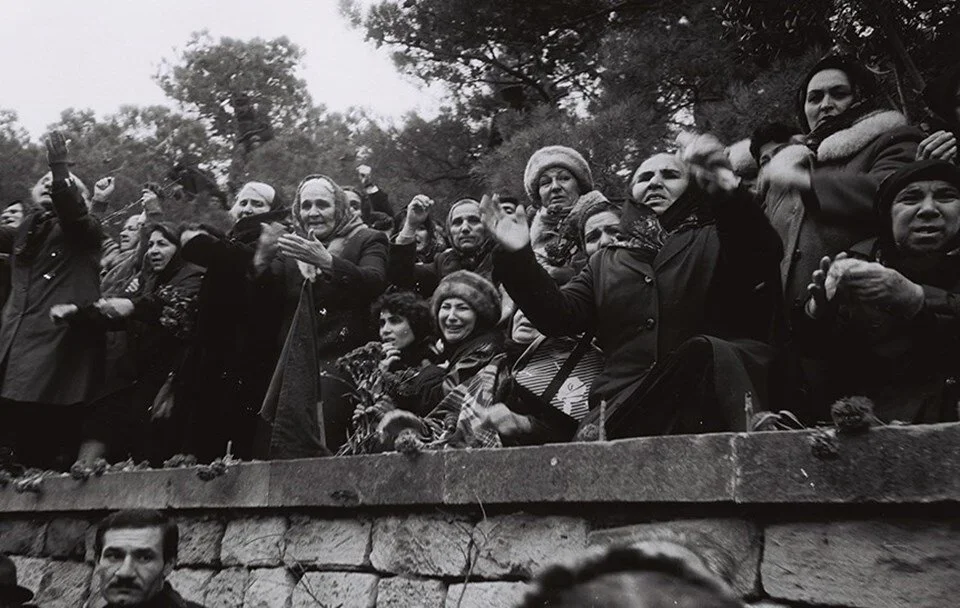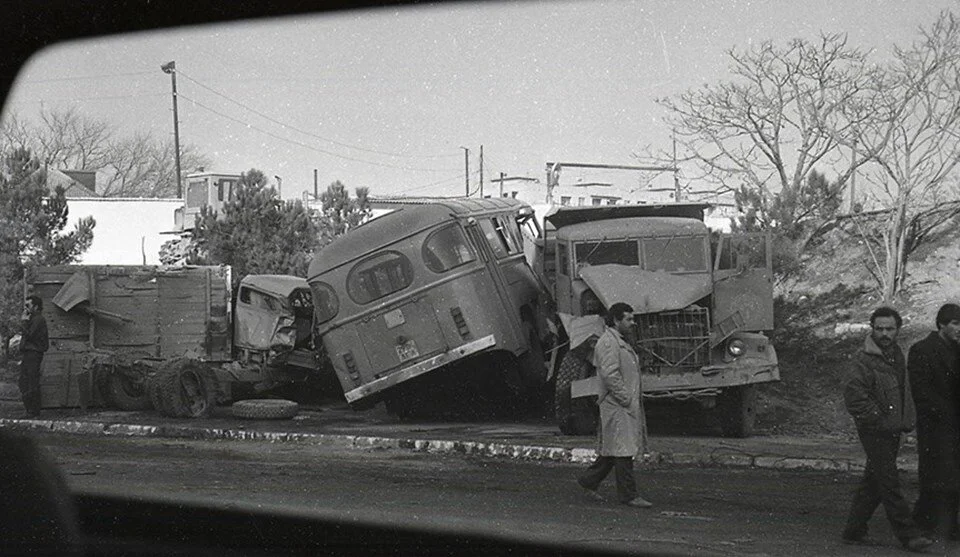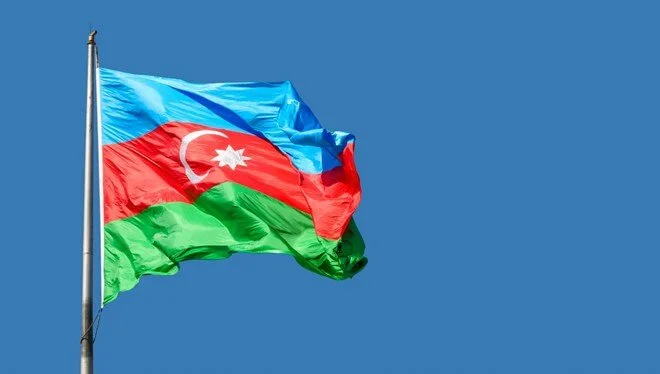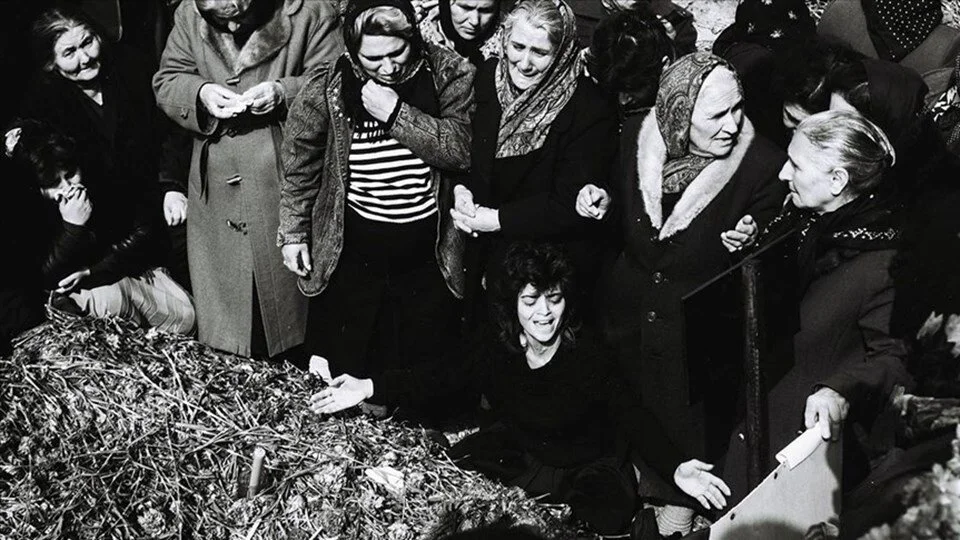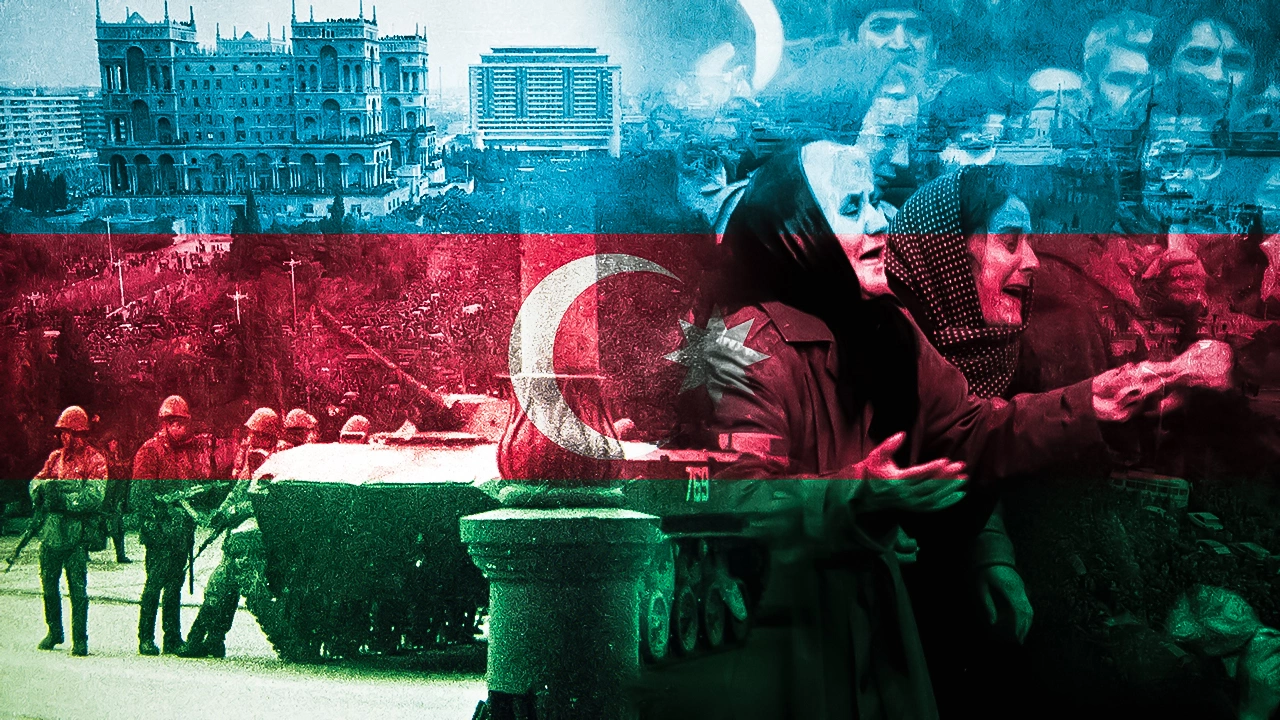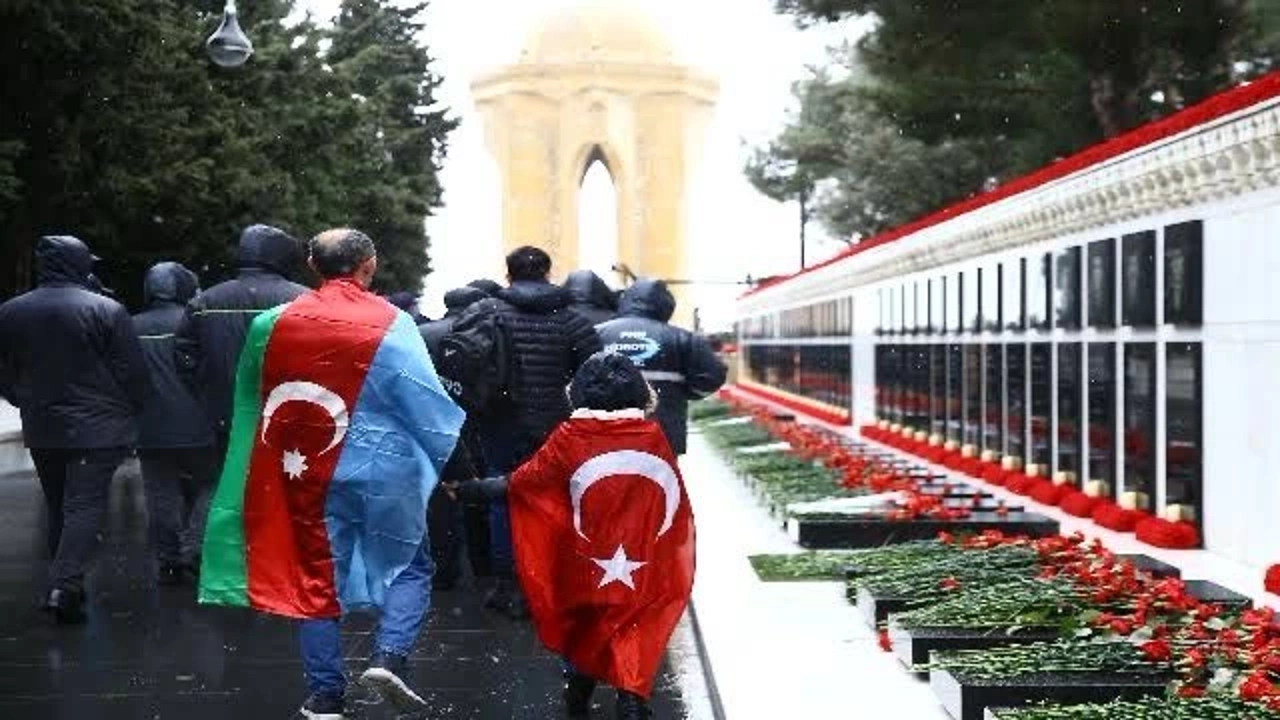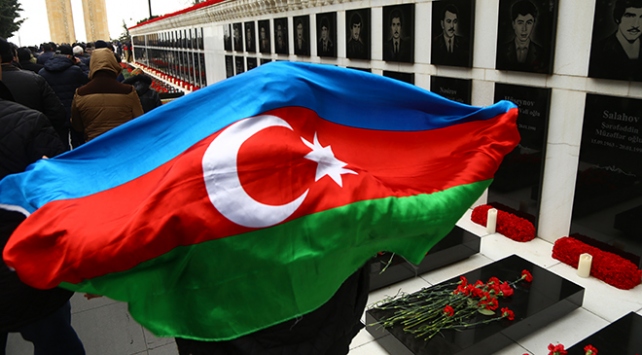
The turning point of Azerbaijan's independence: Bloody January (What happened on January 20th?)
The turning point of Azerbaijan's independence: Bloody January (What happened on January 20th?)
The memory of the victims of the January 20 massacre, which became a symbol of Azerbaijan's independence and went down in history as "Bloody January", is perpetuated. For 34 years now, Azerbaijanis have been flocking to martyrdom every January 20 with carnations, which have become a symbol of the victims of January 20.
The pain of the massacre, which went down in history as "Bloody January", remains fresh in the memory of all Azerbaijanis 34 years later. The events of "Bloody January", which are also remembered in Azerbaijan as a heroic epic, are also considered an important turning point in achieving independence after 70 years of Soviet captivity.
The events of "Bloody January" accelerated the collapse of the Soviet Union and inflamed the Azerbaijanis' sense of independence. The Karabakh conflict was at the center of the events.
In the late 1980s, Armenians intensified their activities to separate Karabakh from Azerbaijan, and in December 1989, the Supreme Council of the Armenian SSR decided to unite Karabakh with Armenia.
Azerbaijanis reacted to this decision, and rallies were held in Baku, which were attended by hundreds of thousands of people. People flocked to Freedom Square in Baku to express their reaction to the growing territorial demands of the Armenians and the Soviet administration.
The incessant rallies made the Soviet administration nervous, and it was decided to send troops to Baku. The people blocked the access roads to the city and the front of the military units in Baku.
First, on January 19, 1990, Soviet intelligence blew up the energy supplier of Azerbaijani television. In the evening, the Soviet army of 26 thousand people entered Baku from 5 directions with armored vehicles.
The Soviet army entered the city, showering bullets on unarmed civilians who tried to block them. Tanks and heavily armored vehicles drove into people, ambulances and passenger buses were fired at. 130 civilians were killed in Baku that night.
The Soviet army continued the massacre in other provinces such as Neftchala and Lankaran, and a total of 147 Azerbaijani civilians fell victim to the massacre on January 20. As a result of the events, 744 people were injured, and about 400 people were detained by the Soviet army.
Despite the fact that the Soviet administration declared a state of emergency in Baku and the city was completely taken under the control of the Soviet army, the people took to the streets again and work began on the burial of the martyrs
The bodies of the martyrs were buried in Dagustu Park, which was turned into a park during the Soviet period, where the bodies of Azerbaijanis who died as a result of the Armenian attacks on March 31, 1918 are buried. The bodies were collected in Freedom Square and from here they were brought on the shoulders of the people to the martyrdom, which was later called the Martyrs' Memorial, and buried nearby. About 1 million people attended the funeral.
The bloody January massacre finally shattered the confidence of Azerbaijanis in the Soviet leadership, and the process that led to the country's independence began.
Every year on January 20, for 33 years, Azerbaijanis have flocked to martyrdom with carnations, which became a symbol of the victims of January 20, and express their gratitude to those who lit the flame of independence.
